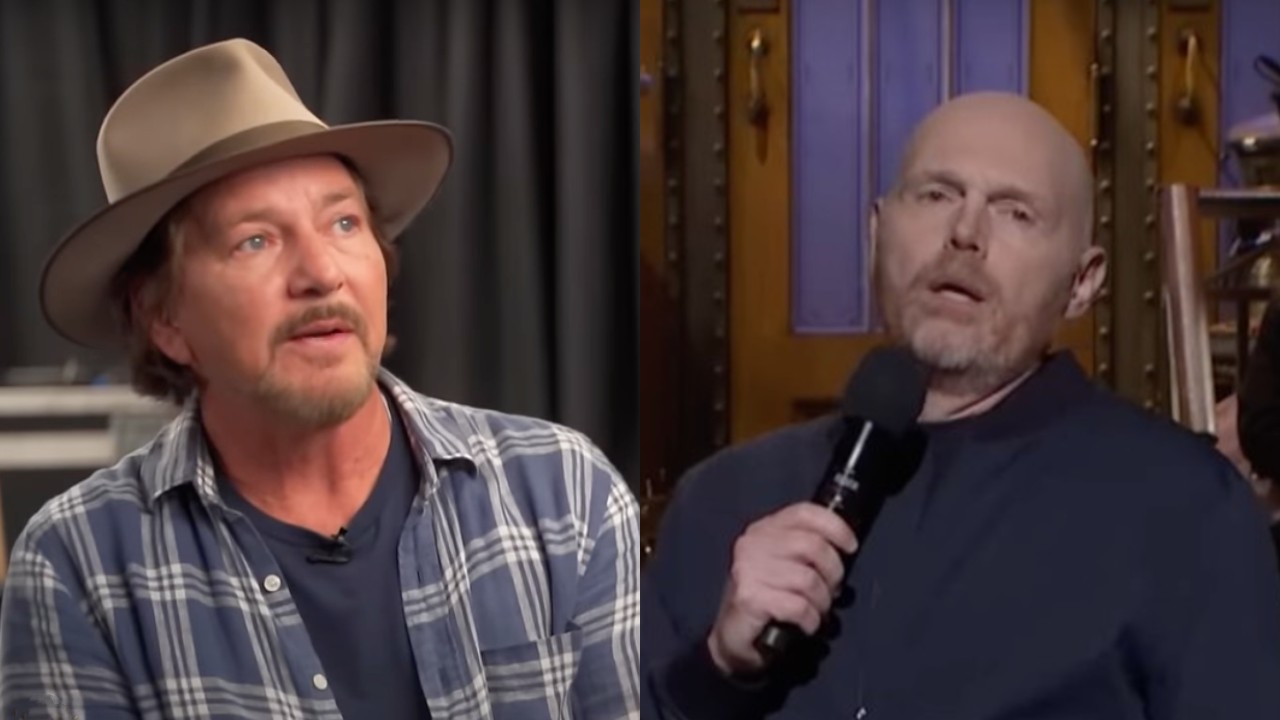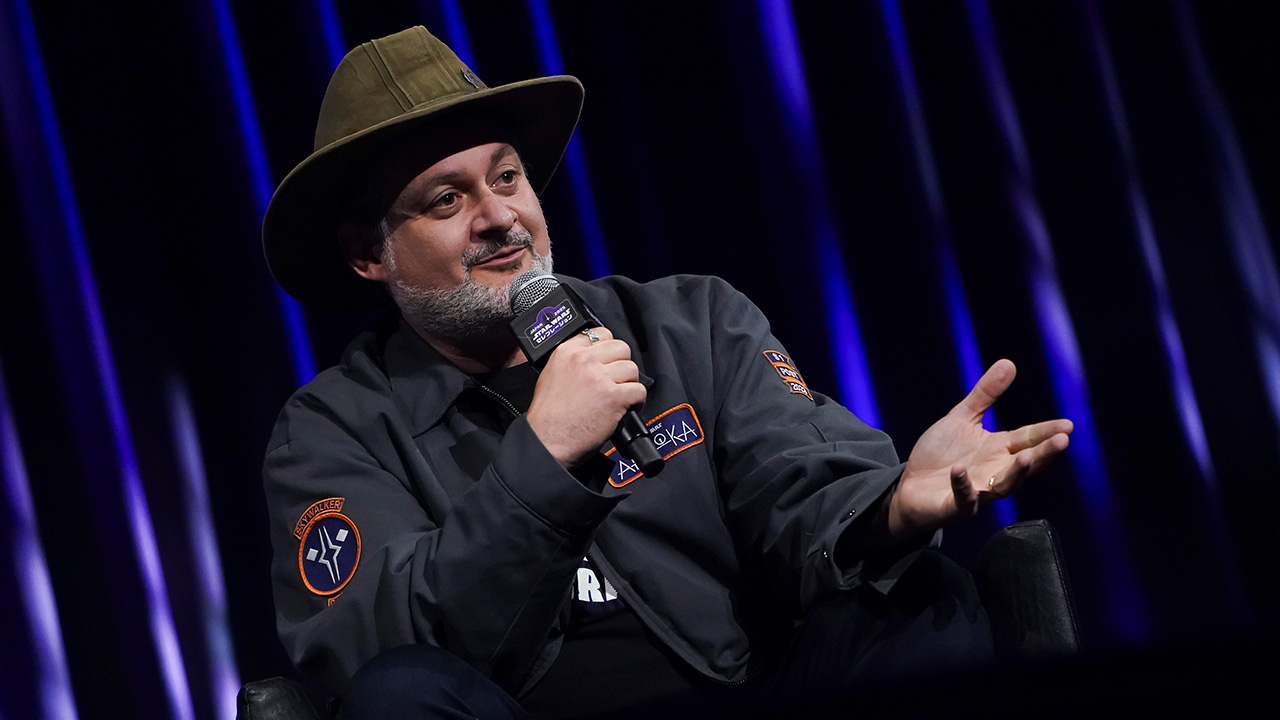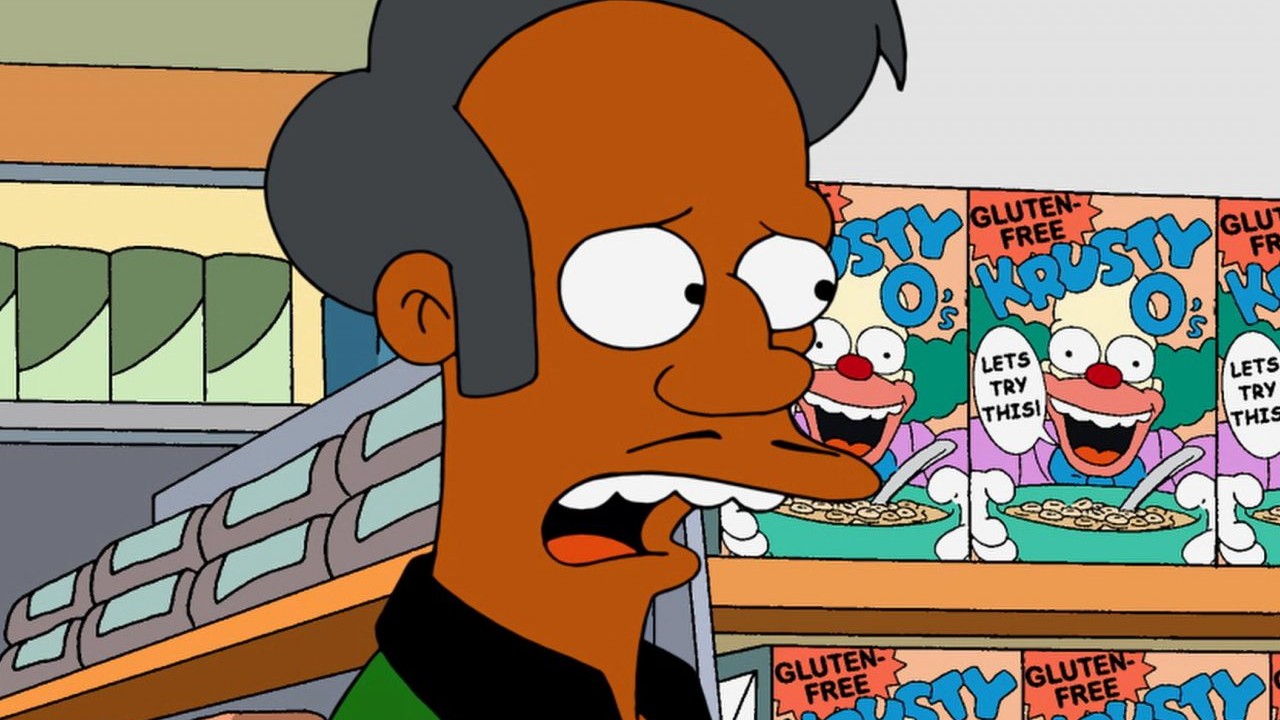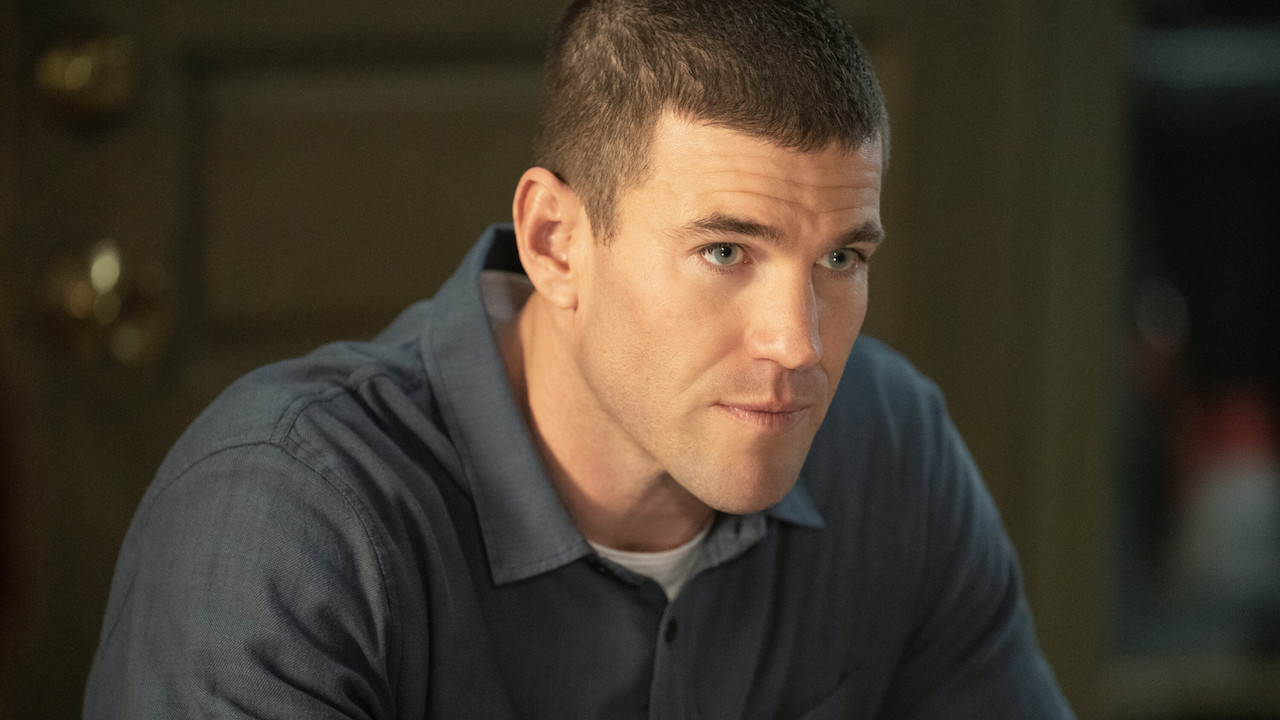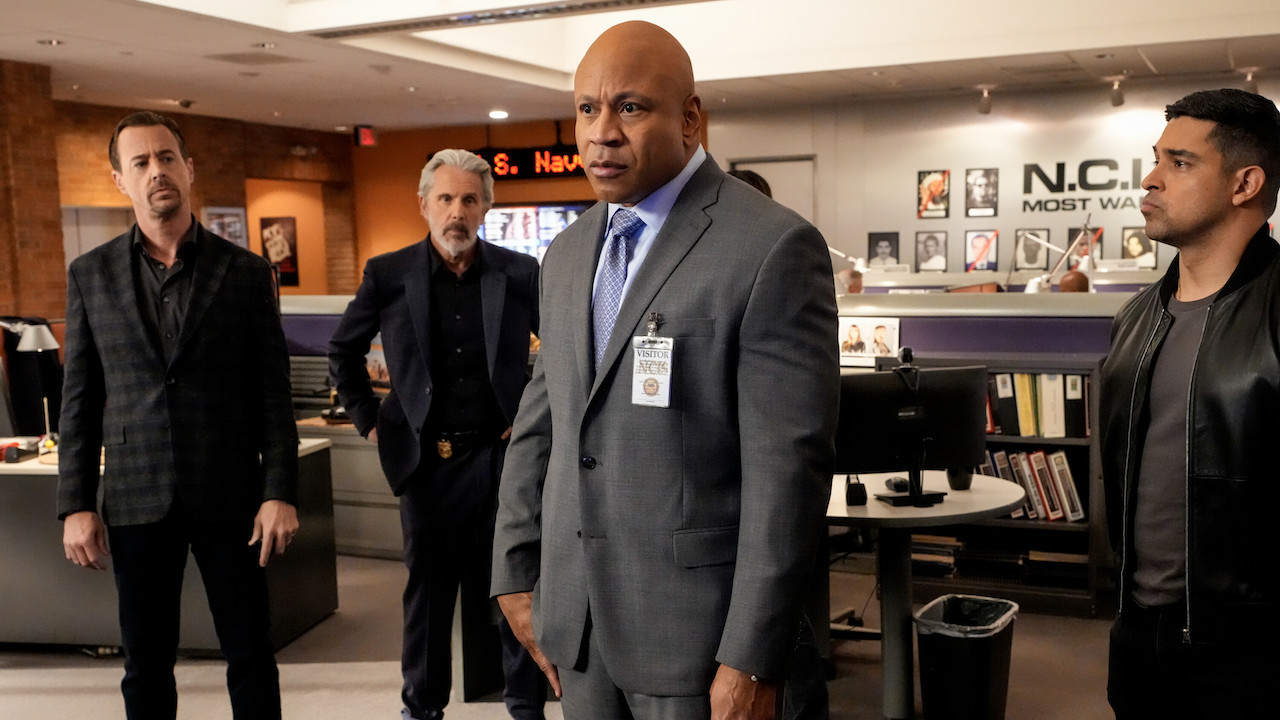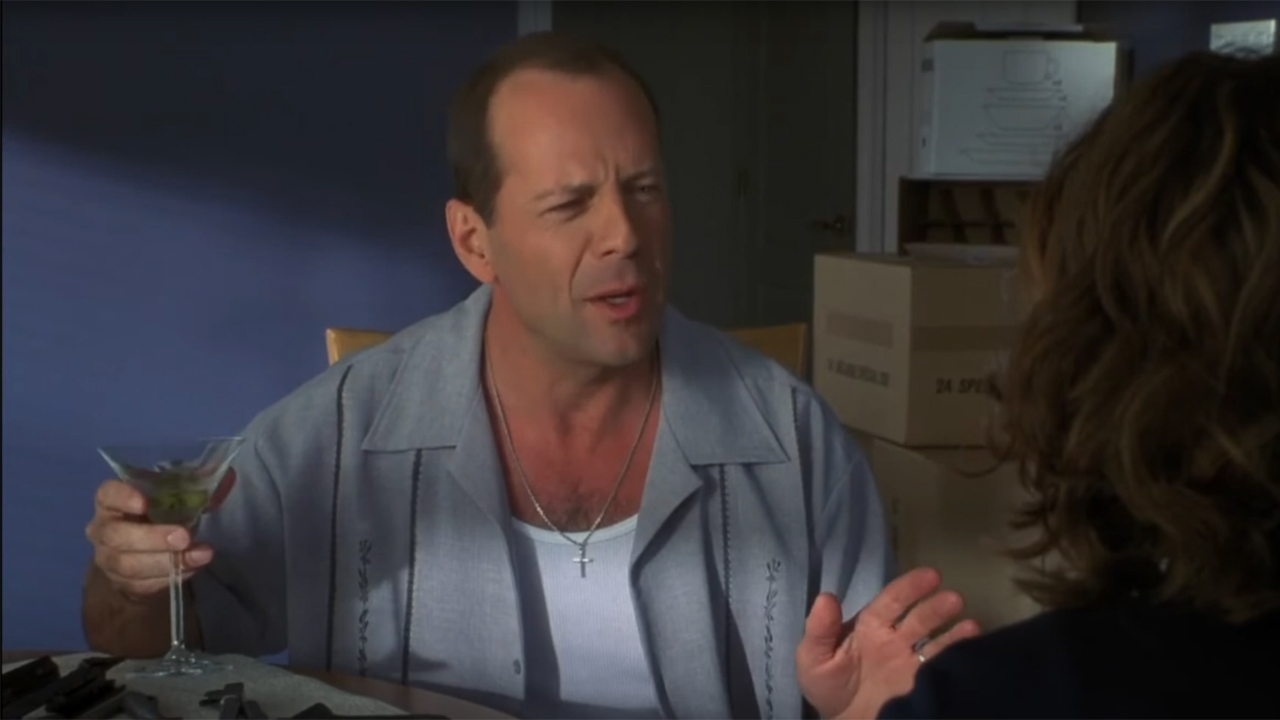Tribeca Review: Rush: Beyond The Lighted Stage

Rush fans are the most obvious intended audience for the loving documentary Rush: Beyond The Lighted Stage. After all, the band has been around long enough for the battle lines to be clearly drawn, and the documentary by Sam Dunn and Scot McFadyen makes no bones about the fact that Rush has never been critically accepted or particularly hip. In the cruel world of heavy metal you're either with Rush or against them, and though the film kicks off with some talking head interviews with more than a dozen notable musicians-- Billy Corgan, Gene Simmons, even Jack Black-- confessing their love for the band, you can tell there's a little shame attached.
But dammit, if liking Rush is wrong, I don't wanna be right. Going into the film knowing nothing about the band beyond that one scene in I Love You Man, I didn't come out instantly dying to track down their filmography and memorize Neil Peart's drum solos, but I was utterly charmed all the same. The band's trajectory from high school wannabes to "overnight sensations" several years later is a standard issue rock biography, but the energy with which Peart, Geedy Lee and Alex Lifeson still approach their music and their careers is infectious. Early promotional photos of the band feature them in ridiculous outfits and goofy poses, and though, sure, some of the good vibes and brotherhood today could have been faked for the camera, it's clear these guys aren't a rock band who ever threw each other out of hotel windows, or even went to rehab. They're the world's most straight and narrow rock stars, and you've got to love them for it.
The early sections of the film suffer most for their fannishness, skipping over key musical biography elements like influences and how they even named the band, and never really making a case for the band's well-documented talents. But Dunn and McFadyen make up for it with revealing interviews with Lifeson and Lee's parents-- all European refugees to Canada after World War II-- and tons and tons of archival photos and video. The film zips along nicely as the band finds success on the radio and releases their first album, goes on tour with Kiss (those are some great backstage photos), and basically eschews the standard rock star lifestyle.
When the band's music goes a little sour in the 80s, the film does too, seemingly dragging endlessly but also telling us nothing about the period between the early 80s and 1997, when Peart suffered the loss of both his daughter and wife and left the band for a few years. That tragedy is presented as the only one suffered by the band over 40+ years, and it's handled extremely delicately by the filmmakers-- probably too delicately for anyone looking for insight or a glimpse behind Peart's extremely collected shell. But by then, as with the band, you're either on board or you're not; the best thing to do is to accept that the filmmakers are primarily fans, and enjoy all the affectionate energy that comes out of that.
It's hard to imagine a theatrical future for Rush: Beyond The Lighted Stage, but then again, a 3D Phish movie is on its way soon, so anything is possible. Beyond the obvious service to fans, the movie does serve as a document and testament to the skill of a band that, in their own way, really are important to the history of rock and roll. If your Rush-loving friend drags you to see it, stick around-- you might get beyond Geddy Lee's screechy vocals and find something to love too.
Follow along with all of our special, Tribeca 2010 coverage right here.
CINEMABLEND NEWSLETTER
Your Daily Blend of Entertainment News
Staff Writer at CinemaBlend

